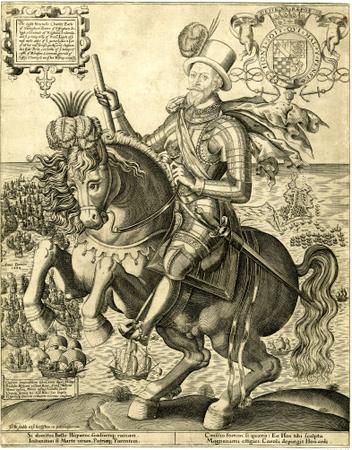William Clarence-Smith reports this new book (he's having trouble with his Google log-in)

FRAGNER, Bert G. - KAUZ, Ralph - PTAK, Roderich - SCHOTTENHAMMER, Angela (Hg.)
Abstract: Horses, horse-breeding and horse-keeping, as well as the trade in these animals played an important role in the history of Asia´s pre- and early modern civilisations. However, horses were unequally distributed over the Asian continent and their acquisition was usually associated with different expectations. When the knowledge spread that horses could be profitably used in warfare as well as for overland transportation and for agriculture, this did not only promote trade relations, but also led to the emergence of new cultural links, often between distant sites, both by land and by sea. The contributions to this volume, twenty-one articles in all, are based on a conference entitled "Horses in Asia" that was organised by the Institute of Iranian Studies of the Austrian Academy of Sciences in October 2006. The articles are arranged into four regional sections: (1) Iran and West Asia, (2) Central Asia, (3) the Indian Ocean, (4) and China. They are complemented by a preface and two introductory essays. Each article takes its own approach, while, at the same time, opening doors to related academic fields, the main interest lying in the transfer of horses between different regions.





